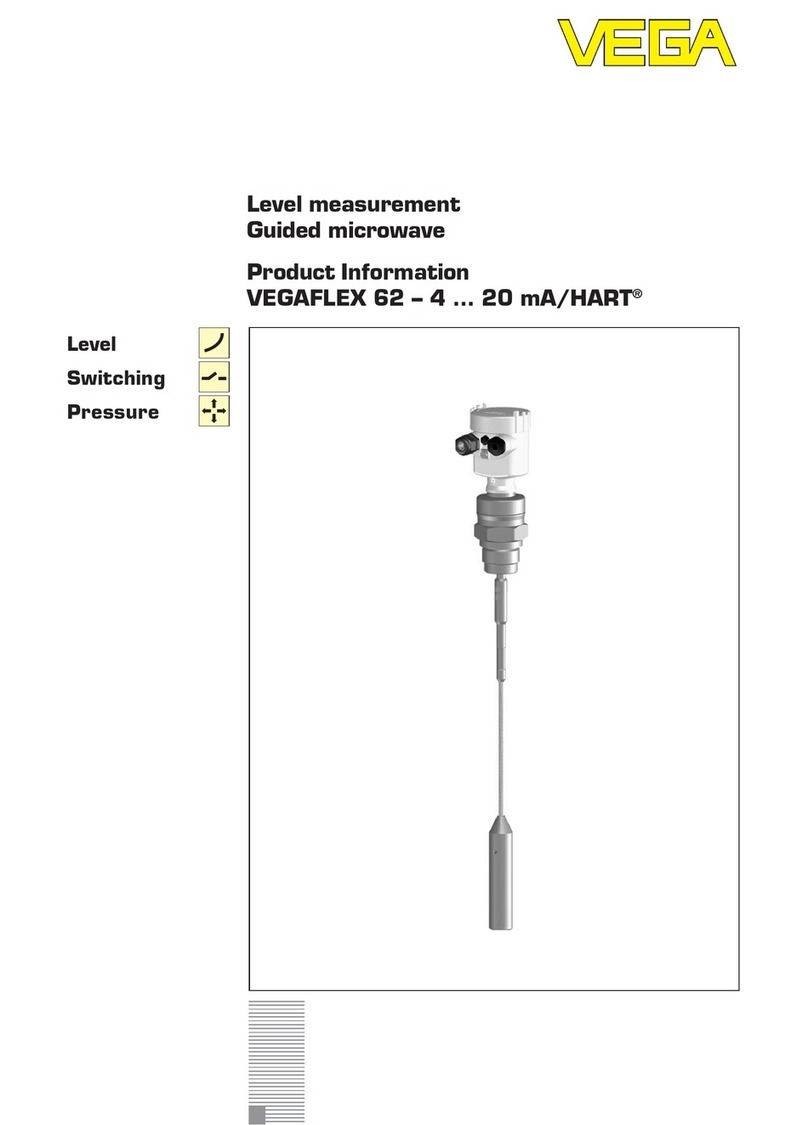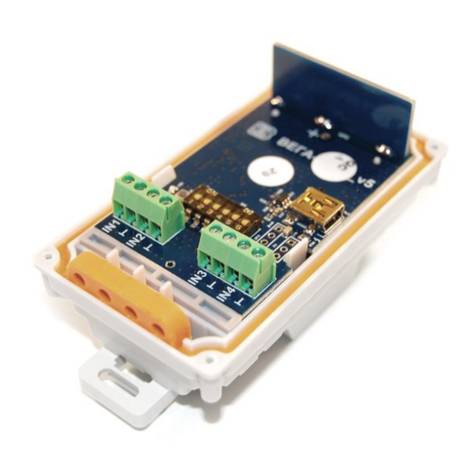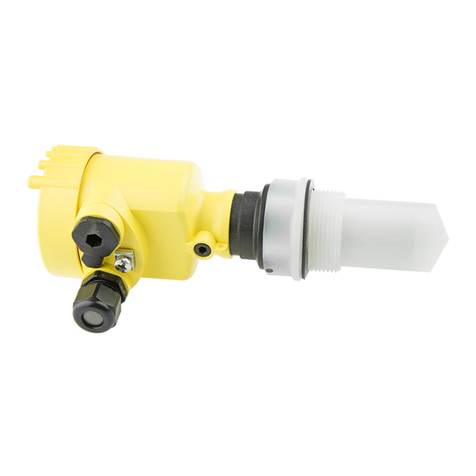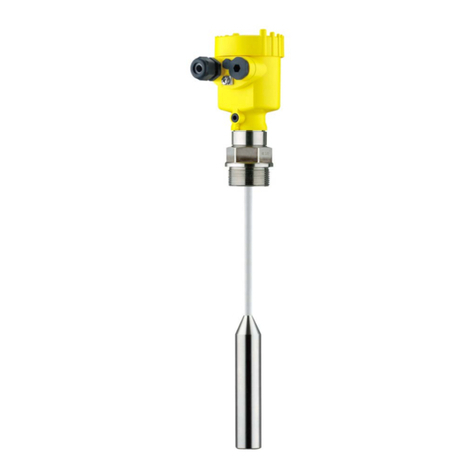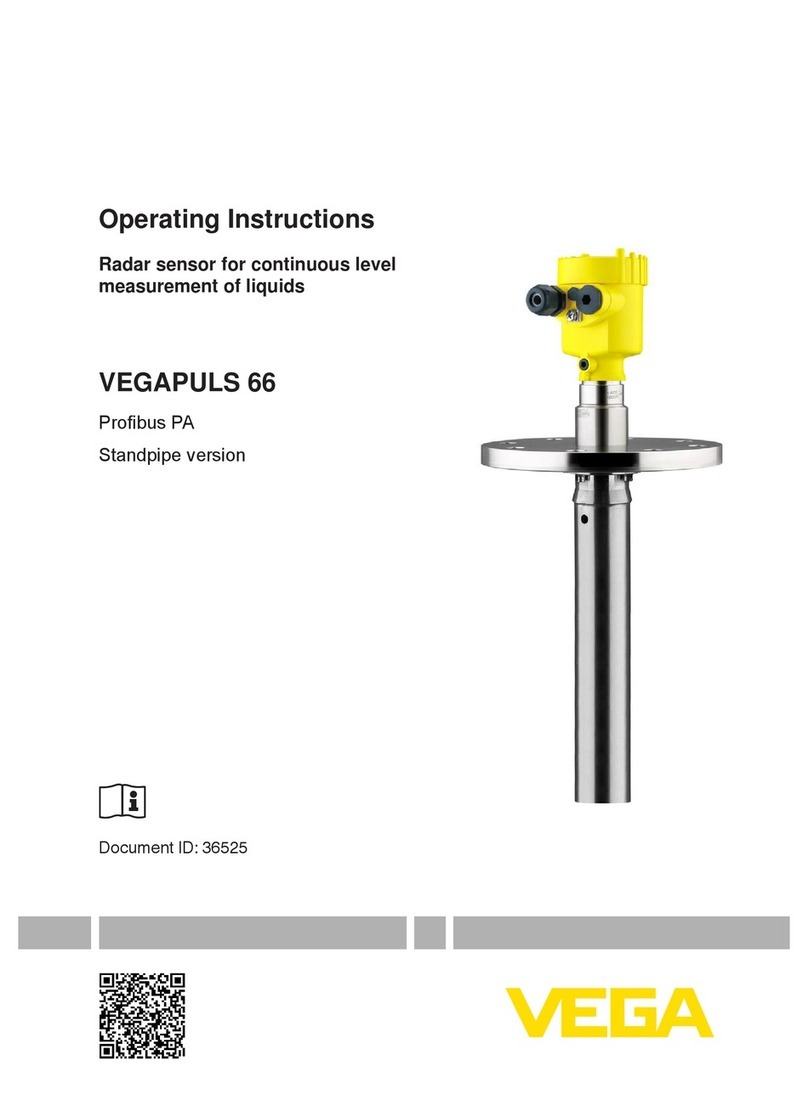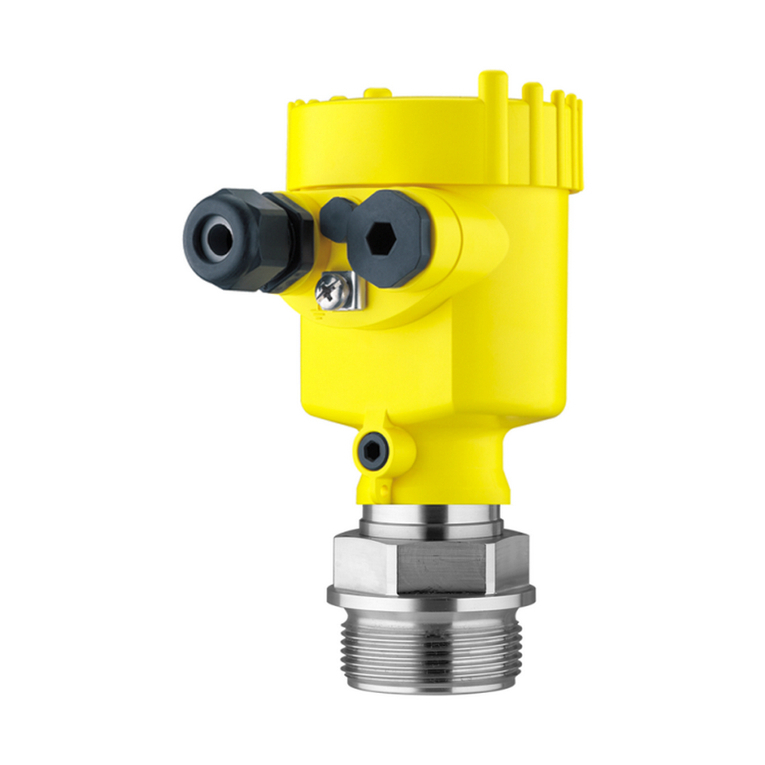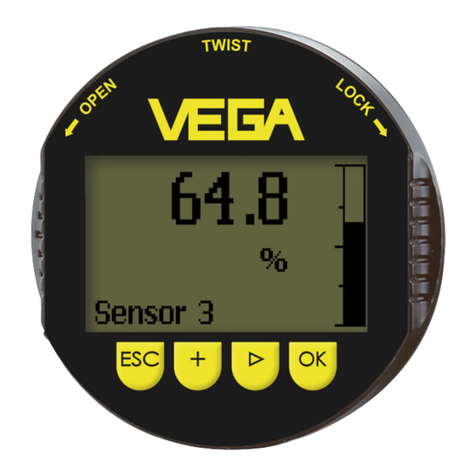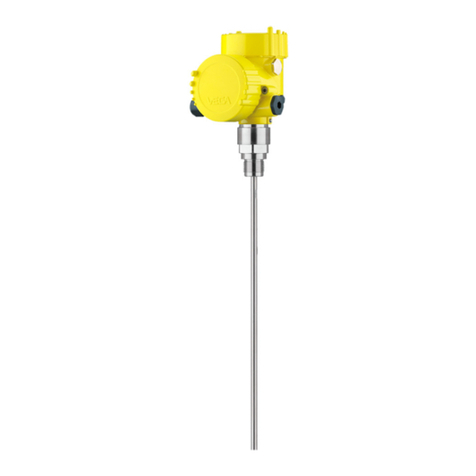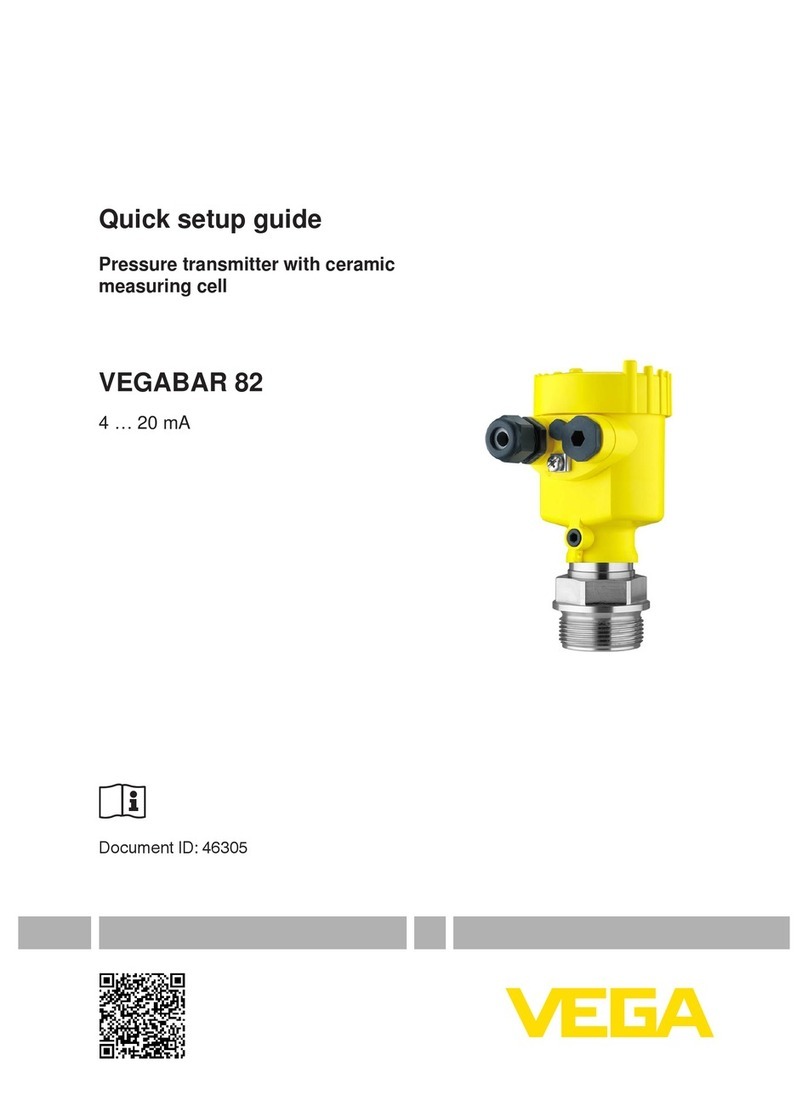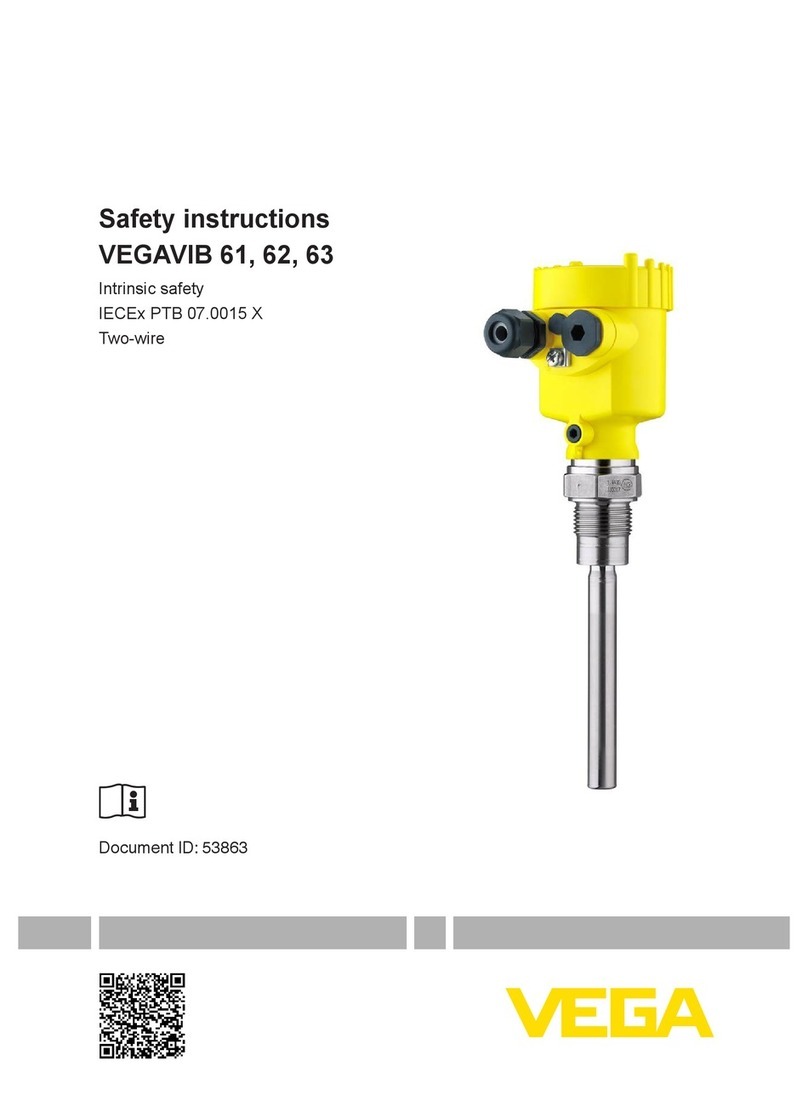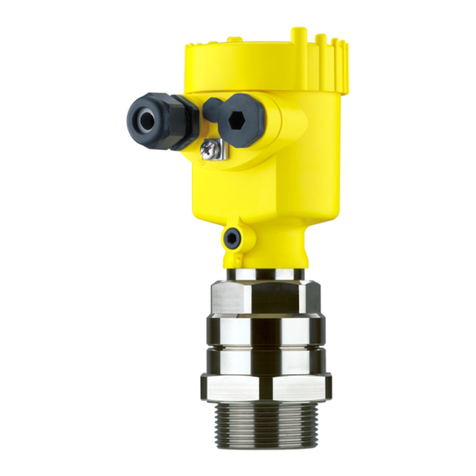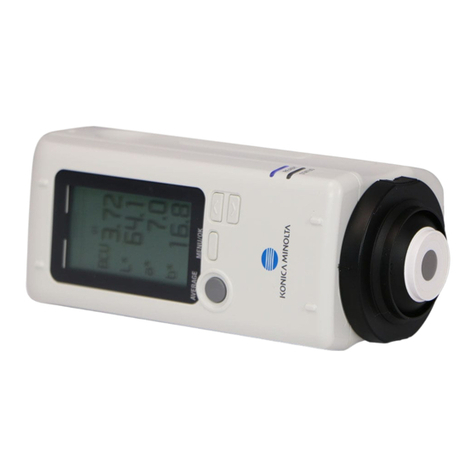
Transport must be carried out under consideration of the notes on the
transport packaging.Nonobservance of these instructions can cause
damage to the device.
The delivery must be checked for completeness and possible transit
damage immediately at receipt.Ascertained transit damage or
concealed defects must be appropriately dealt with.
Up to the time of installation,the packages must be left closed and
stored according to the orientation and storage markings on the
outside.
Unless otherwise indicated,the packages must be stored only under
the following conditions:
lNot in the open
lDry and dust free
lNot exposed to corrosive media
lProtected against solar radiation
lAvoiding mechanical shock and vibration
lStorage and transport temperature see chapter "Supplement -
Technical data -Ambient conditions"
lRelative humidity 20 …85 %
3.4Accessories and replacement parts
The indicating and adjustment module PLICSCOM is used for
measured value indication,adjustment and diagnosis.It can be
inserted into the sensor and removed at any time.
You can find further information in the operating instructions "Indicating
and adjustment module PLICSCOM"(Document-ID 27835).
The interface adapter VEGACONNECT enables the connection of
communication-capable instruments to the USB interface of a PC.For
parameter adjustment of these instruments,an adjustment software
such as PACTware with VEGA-DTM is required.
You can find further information in the operating instructions "Interface
adapter VEGACONNECT"(Document-ID 32628).
VEGADIS 61 is an external indicating and adjustment unit for sensors
with single chamber housing and double chamber housing Ex d.
It is suitable for measured value indication and adjustment of plics®
sensors and is connected to the sensor with an up to 25 m long,four-
wire,screened standard cable.
You can find further information in the operating instructions
"VEGADIS 61"(Document-ID 27720).
Transport
Transport inspection
Storage
Storage and transport
temperature
Indicating and adjust-
ment module
Interface adapter
External indicating and
adjustment unit
VEGAPULS 63 •Profibus PA 9
3Product description
36513-EN-101109
